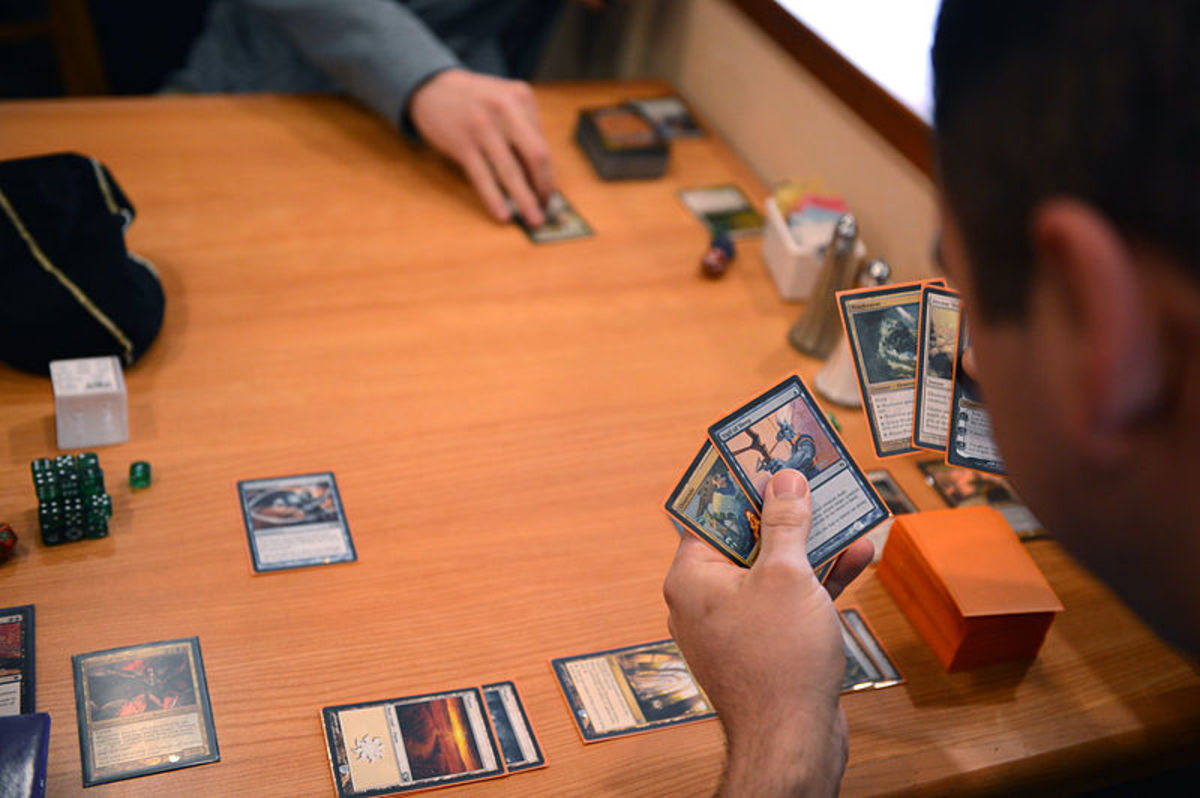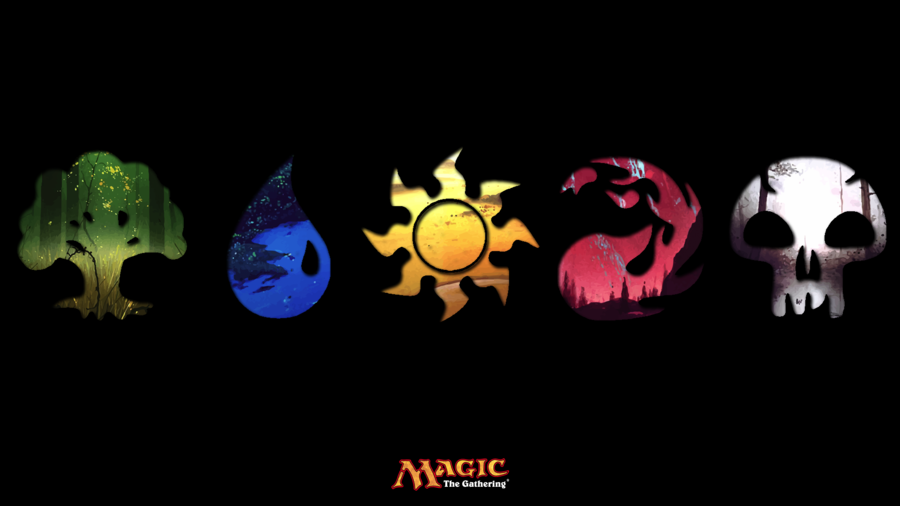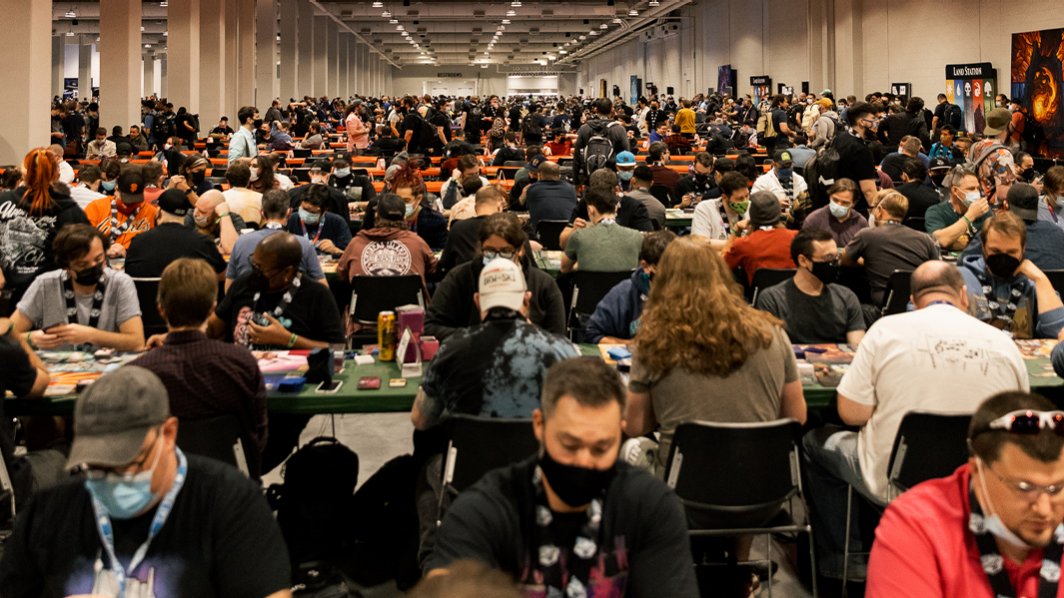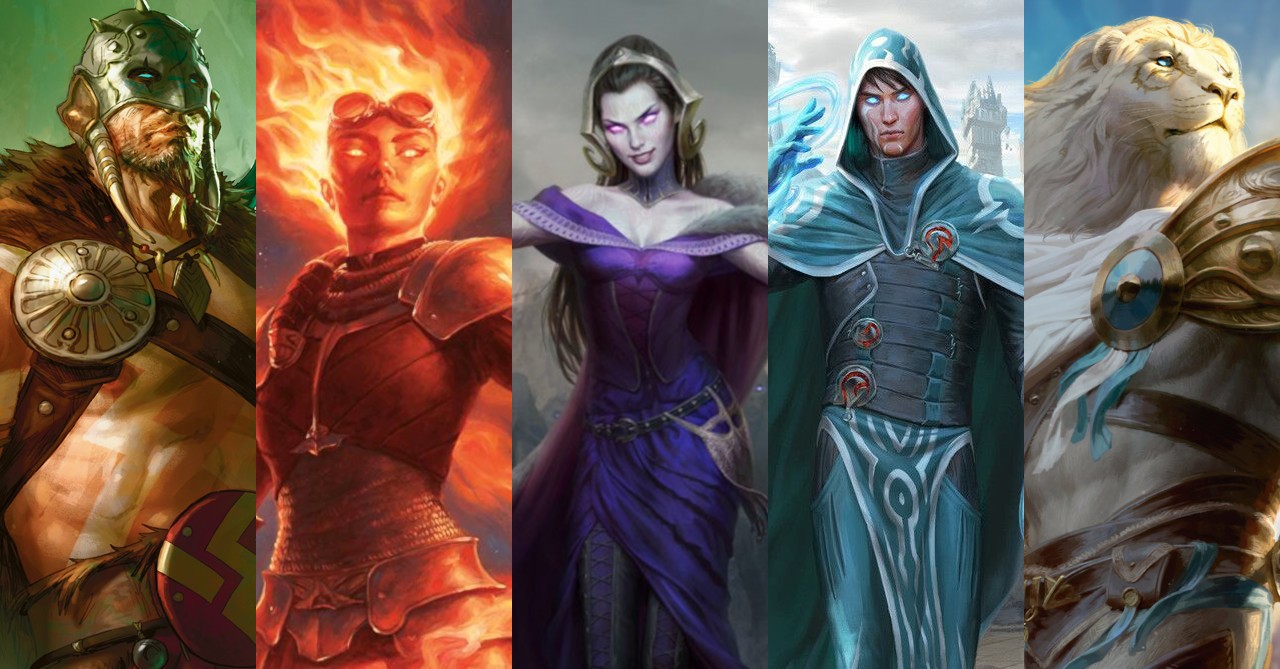One thing I've grown more passionate about over the years is a game called Magic: The Gathering. It's one of the most if not the most popular trading card games in the world. I grew up collecting some popular trading cards as a kid with Yu-gi-Oh, Pokemon, Chaotic, and even a few sports cards. I never really learned how to play as a kid. However, I simply enjoyed having the tangible cards to collect, show off, and trade with friends. Growing up through middle school, high school, and my adult life; I had a keen interest in the inner workings of the gameplay and strategy, art and expression, legacy and history, lore and storytelling, and the community and togetherness of Magic.

The game puts you in the role of a wizard, and the cards in your deck are what is known as a library. To play, you proceed through phases of your turn, generating mana (energy) to cast cards from your hand. Spells can include creatures, enchantments, artifacts, and more that fit within the world that Magic has created. Players create decks using combinations of colors, mechanics, and strategies that align with their playstyles, interests, and ideas.

In the game of Magic, cards are represented by five pillar colors: Red, Blue, Black, Green, and White. Each representative of an environment and their core values in the world of Magic. All of the art made professionally by independent artists, which many players choose for their decks’ style. The complexity, expression, and symbolism of these colors and artworks can help the game become a more immersive experience for each player.

Magic: the Gathering was designed in 1993 by Richard Garfield and published by Wizards of the Coast, known for another iconic IP at the time, called Dungeons and Dragons. It was the first modern TCG and was heavily influential to tabletop gaming and set a standard for later TCGs. Still being played today in local game stores and large tournaments all over the world. It has also been a pillar of the collectible market, with some of the earlier edition cards being sold and appraised for thousands of dollars.

Magic has an extensive amount of lore, which is established early on in literature created by the company. Magic takes place in a Multiverse, including a variety of different worlds called Planes, main events taking place on Dominaria, Ravnica, Zendikar, and Innistrad. In this world, characters powerful enough are granted the power to travel across these planes, who become known as Planeswalkers. Being part of a multiverse not only helps advance the lore but allows for promotional crossovers of universes from other IPs to exist in the world of Magic. For example: Warhammer 40k, Transformers, and even Doctor Who.
Conclusion and Final Thoughts
Magic: the Gathering has impacted me and many players in many ways. There’s a strong sense of community, playing with friends in school and meeting new people in my local game stores. The extensive lore created a passion for game design and character concepts. The legacy and history of Magic has given it a large following and visibility on the world’s stage. The amazing art provided on these cards has influenced and nurtured my creativity. The gameplay and strategy involved in this game were instrumental in establishing more complex critical-thinking and problem-solving skills in my life. All of these factors together have helped mold the person I am today, and I am grateful for Magic.




